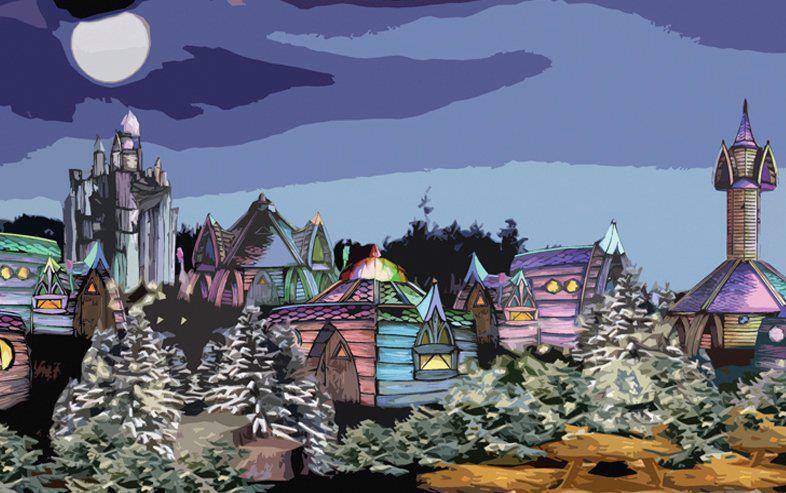The Lost Art of Rendering Felt Marker Visuals
In an age dominated by advanced computer-aided design and artificial intelligence, the once-venerated art of rendering felt marker visuals has become a rare and almost forgotten skill. Yet, within the realms of interior design, marketing, television, and film industries, these humble markers once played a crucial role in the creative process. Their magic lay in their ability to swiftly materialise ideas, offering a quick and tangible glimpse into the potential of a concept.
The Beauty of Felt Marker Visuals
The art of rendering with felt markers had an enchanting quality that digital renderings often struggle to capture. The immediacy of holding a marker in hand, feeling its textured surface glide on paper, and witnessing vibrant colours blend together was a sensory experience that artists cherished. These visuals carried a unique human touch, a personality that breathed life into ideas. Unlike computer-generated images, they bore the mark of an artist’s emotions, energy, and creativity.
The Ephemeral Nature of Ideas
Ideas, like dreams, are fleeting. They come rushing in like a gust of wind and depart just as quickly if not captured in time. The felt marker was an ally to designers and artists, ever-ready to capture these ephemeral sparks of creativity before they vanished into the ether. With a few strokes of the marker, an abstract concept could be brought to life in minutes, making it easier for creators to evaluate and refine their ideas.
Speed and Spontaneity
In the fast-paced worlds of design and entertainment, time is a precious commodity. Felt marker visuals allowed professionals to create on the fly, swiftly conveying ideas during brainstorming sessions or client meetings. This agility often meant the difference between seizing an opportunity or missing it entirely. With markers in hand, designers and directors could explore multiple design options, iterate, and receive immediate feedback without the need for extensive software or rendering times.
Embracing Imperfections
In a world increasingly obsessed with digital perfection, felt marker visuals celebrated imperfections. These imperfections lent authenticity to the creations, making them feel more relatable and human. The accidental smudges, ink bleeds, and uneven lines added character, telling a story of the artist’s journey through the visualisation process. The occasional unpredictability of the markers could also lead to unexpected discoveries and breakthroughs.
Cultivating the Skill
As this once-loved art form fades into the background, it falls upon those who remember its value to keep the flame alive. Cultivating the skill of rendering felt marker visuals is not just an exercise in nostalgia but an acknowledgment of the craft’s unique contributions to creative expression.
For aspiring artists and designers, learning this lost skill can open new doors of creativity. Workshops, mentorships, and online resources can provide guidance on technique and the effective use of markers in visualisation. Embracing felt marker rendering in combination with digital tools can also create a dynamic synergy between traditional and modern methods.
Reviving the Magic of Felt Marker Visuals
Reviving the magic of felt marker visuals requires a collective effort. It is a call for designers, educators, and industry leaders to recognise the value of this art form and integrate it back into the creative process. Embracing a hybrid approach that combines the best of traditional and digital methods can lead to more expressive, spontaneous, and imaginative outcomes.
The lost skill of rendering felt marker visuals represents more than just nostalgia for a bygone era. It symbolises the importance of embracing diverse creative techniques in a world increasingly driven by technology. By rediscovering and celebrating the magic of felt marker rendering, we can enrich our creative processes and pave the way for new possibilities and innovative ideas.
At Ideas we raise our markers and draw a line connecting the past to the future, revitalising this lost art for generations to come.







